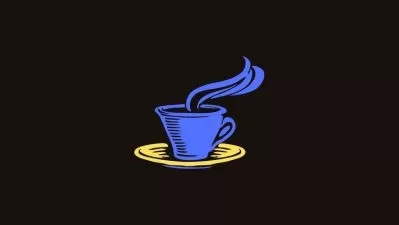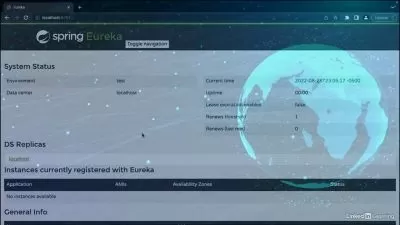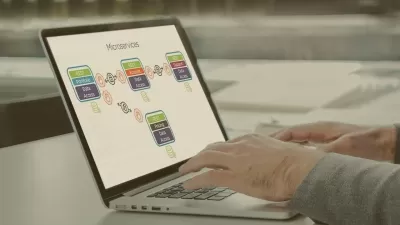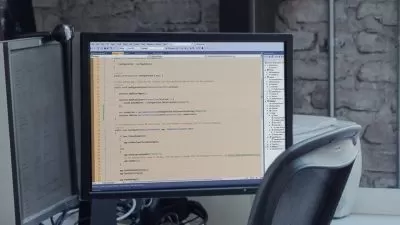Java Microservices with Spring Cloud: Coordinating Services
Richard Seroter
4:02:04
Description
This course will teach you how Spring Cloud makes it easier for you to locate, connect to, protect, and chain your microservices. You'll explore 6 major Spring Cloud projects and how to effectively use them.
What You'll Learn?
You use microservices because you want a more resilient and adaptable architecture. But with those benefits, comes additional complexity. In this course, Java Microservices with Spring Cloud: Coordinating Services, you'll see how Spring Cloud makes it simple to embed best practices from Netflix and others into your apps. First, you'll interact with a service registry and see how to find services at runtime. After that, you'll find out how to protect your architecture with circuit breakers. Routing and load balancing change in a microservices architecture, and you'll get hands on with Spring Cloud projects that make it easier. Messaging is a powerful way to introduce loose coupling, but it can be intimidating to use. Finally, you'll get deep experience with two exciting Spring Cloud projects that make messaging approachable to any developer. After this course, you'll have the skills and confidence to expand your microservices architecture in a maintainable way.
More details
User Reviews
Rating
Richard Seroter
Instructor's Courses
Pluralsight
View courses Pluralsight- language english
- Training sessions 85
- duration 4:02:04
- level average
- English subtitles has
- Release Date 2023/03/25












![[NEW] Master Spring Boot Microservice & Angular K8s CICD AWS](https://traininghub.ir/image/course_pic/19152-x225.webp)

![[NEW] Learn Spring Boot 3, JDBC, JPA, MySQL, MongoDB, Kafka](https://traininghub.ir/image/course_pic/40550-x225.webp)








